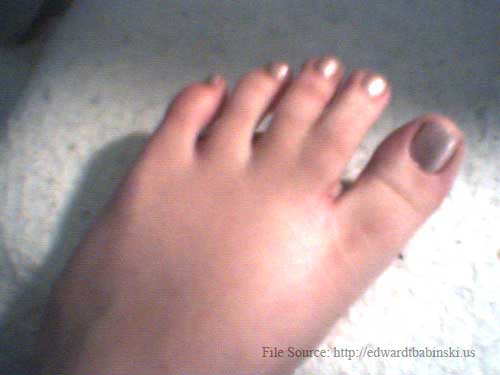

Are webbed toes bad?Īre webbed toes bad? Webbed toes do not affect the health of an individual. Webbing can also be related to genetic defects, such as Crouzon syndrome and Apert syndrome. Less commonly, webbing of the fingers and toes is inherited. In most cases, webbing of the fingers or toes occurs at random, for no known reason. One group of birds, including pelicans and related birds like cormorants, darters, gannets, frigatebirds, and tropicbirds, have very broad, webbed feet that help them swim very well.Īdvertisements What causes webbed feet in humans? Some gulls and penguins also have webbed feet. These include geese, swans, petrels, albatrosses, flamingos, terns, and puffins.
WEBBED HANDS AND FEET SKIN
Their surgeon will likely use pieces of healthy skin from another part of your child’s body to cover the separated area. During Z-plasty, incisions will split the excess webbing between your child’s fingers or toes. Patients may also notice that the affected fingers or toes do not move well. The condition can range from minor webbing at the base of the digits to being joined by underlying bones.
The main symptom of syndactyly is webbed fingers or toes. How do you know if you have webbed fingers? Most of the time, syndactyly affects the fingers. About half of children with syndactyly have it in both hands (bilateral). Syndactyly is a condition in which children are born with fused or webbed fingers. Wisdom teeth may eventually go, but major changes like losing an appendage (teeth included) take millions and millions of years - who knows if humans will even be around that long. We’re probably stuck with our appendix, pinky toes, tailbone and just about all of our other evolutionary holdovers. This is because the first metatarsal, behind the big toe, is short compared to the second metatarsal, next to it. What is Morton’s toe?Ī Morton’s toe otherwise called Morton’s foot or Greek foot or Royal toe is characterized by a longer second toe. “We found that people with six toes, especially, were common and seemed to be associated with important ritual structures and high-status objects like turquoise,” says Crown, who is also a past National Geographic grantee. Many people don’t make the distinction between thumbs and other digits. Is thumb a finger?Ī thumb is a digit, but not technically a finger. Essentially, we have five digits because our ancestors did. How many fingers did humans use?Įven bats and whales have the bony remnants of five digits in their wings and flippers, respectively, even though they no longer have need for proper hands. Scientists have long linked the evolution of the human hand-unique for its lengthy opposable thumbs and dexterous fingers-to the rise of stone tools some 2.6 million years ago. As our early relatives began to walk on two legs, they would also have spent much of their time in trees, using their feet to grasp branches. Chen.Humans’ big toes were the last part of us to evolve – because our ancestors swung from trees using their feet like apes, a new study suggests. Please contact us for more information about syndactyly or webbed fingers/toes, or to schedule a consultation with Dr. Chen performs reconstruction of simple complete or incomplete syndactyly and refers patients with complex syndactyly to a hand specialist. Therefore, a skin graft must be brought into the area during the surgery, most commonly from the groin region.ĭr. Sometimes, this process does not occur completely, causing some residual webbing between the fingers and toes.īecause the circumference of the conjoined fingers is smaller than the circumference of the 2 separated fingers, there is almost always not enough skin to cover both digits once they are separated during surgery. At about 16 weeks of gestation, the tissue between the fingers and toes are enzymatically broken down, and the webbing disappears.

In early human fetal development, webbing of the toes and fingers is normal. To determine the type of syndactyly, x-rays of both hands and/or feet are needed to evaluate the bony anatomy for accurate diagnosis and surgical planning. In complete syndactyly, the skin is joined all the way to the tip of the finger or toe, whereas, in incomplete syndactyly, the skin is only joined partially to the tip of the finger or toe.

Syndactyly can also be complete or incomplete. In complex syndactyly, the bones of adjacent digits are fused and often occurs as part of a syndrome, such as Apert syndrome. In simple syndactyly, adjacent fingers or toes are joined by soft tissue. It can be classified as either simple or complex. Syndactyly or webbed fingers or toes is a congenital anomaly.


 0 kommentar(er)
0 kommentar(er)
